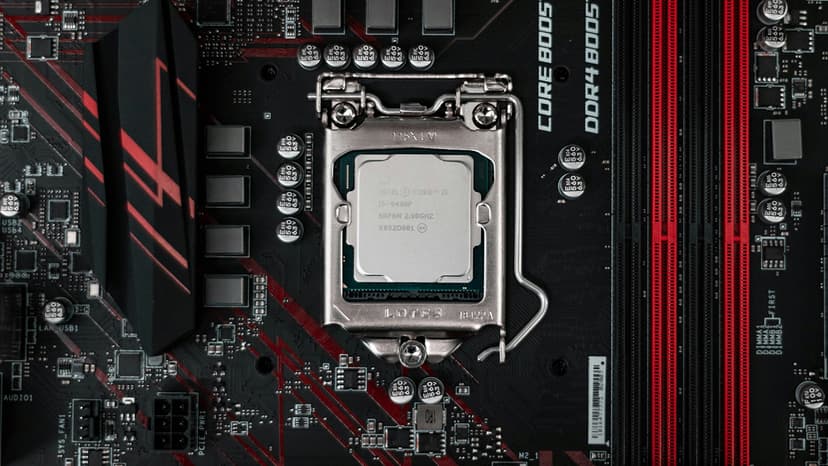The Six Principles of System Design
System design involves creating a detailed configuration to meet system requirements. It specifies how the system operates by focusing on architecture, components, user interface, and data management. A well-designed system enhances efficiency, productivity, quality, and reliability. Six key principles guide effective design: Modularity, Scalability, Security, Performance, Flexibility, and Simplicity.
1. Modularity
Modularity is the practice of dividing a system into smaller, independent components, each serving a specific function. These modules work together to achieve overall system functionality. Adopting modularity simplifies management, comprehension, and modification. It helps isolate faults, making debugging and testing easier. Furthermore, modularity encourages reusability, allowing modules to be utilized in different parts of the system or in other systems.
2. Scalability
What is scalability? It is the system's ability to accommodate increasing loads without compromising performance or user experience. Systems should be designed to grow alongside data volume, user numbers, or transactions. Scaling can occur in two ways: vertical scaling (scaling up), which enhances existing hardware or software, and horizontal scaling (scaling out), which adds more machines or servers. Effective scalability reduces the capital investment relative to business growth, presenting a cost-effective strategy.
3. Security
Why is security important in system design? Security protects data from unauthorized access and maintains system integrity. A secure system design prevents, detects, and recovers from potential threats. Key security measures include encryption, two-factor authentication, secure APIs, and minimum privilege access control. Planning for security involves anticipating risks and addressing data privacy, endpoint security, user practices, and disaster recovery.
4. Performance
What does performance mean in system design? Performance refers to the system's speed and efficiency, which are evaluated based on response time, throughput, and resource utilization. High-performing systems respond quickly to user inputs and can manage heavy loads effectively while optimizing resource use. Focusing on performance during the design phase reduces the chance of user frustrations and inefficiencies post-deployment.
5. Flexibility
How does flexibility apply to system design? Flexibility is the system's capacity to adapt to changing conditions or requirements over time. Systems should be designed to accommodate changes without major disruption. Flexible designs support new functions and improvements without necessitating extensive redesign. Key elements include open standards, configurable settings, and modular design. Flexibility also promotes user feedback integration and learning from operational experiences.
6. Simplicity
What is simplicity in system design? Simplicity emphasizes straightforward and minimalistic design. It encourages creating systems that are easy to manage and understand. Complex systems tend to have higher error rates, are harder to maintain, and often come with a steep learning curve. In contrast, simple systems reduce complications, making them easier for users and developers to navigate. Simplicity enhances operational ease and minimizes error opportunities.
System design plays a vital role in crafting solutions for specific challenges and requires adherence to particular principles. The principles of modularity, scalability, security, performance, flexibility, and simplicity are essential for effective system design. Together, they help create systems that align with evolving business needs and technological changes. System design is an ongoing commitment that emphasizes continuous improvement and alignment with operational demands. These six principles form the groundwork for reliable and impactful systems.












